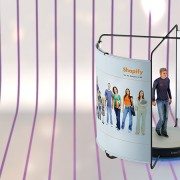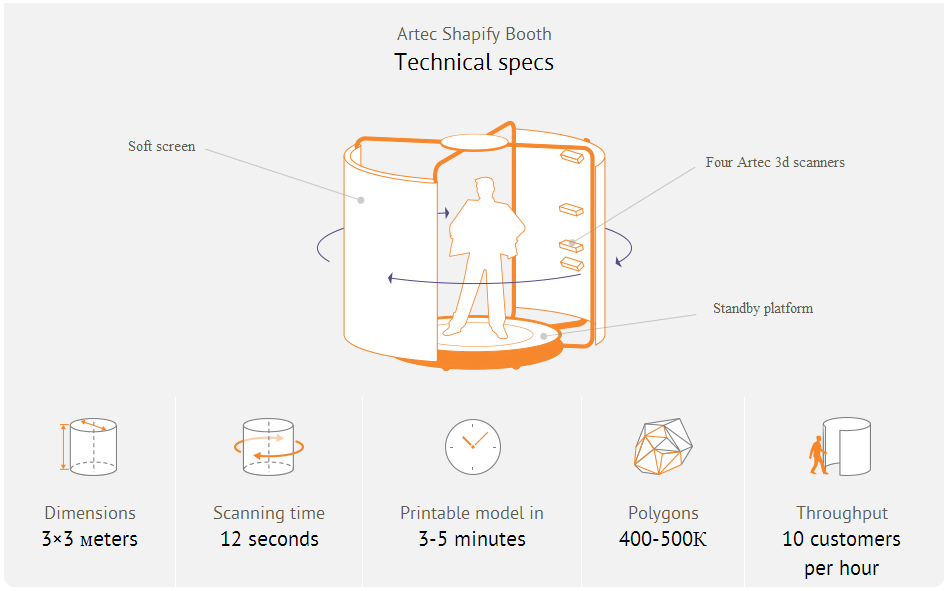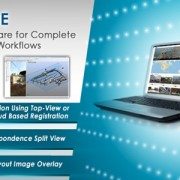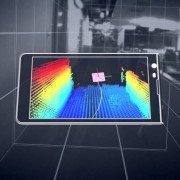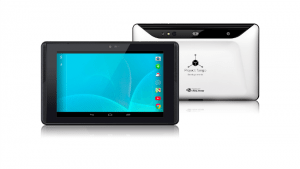Leica Pegasus Backpack Wearable Reality Capture – Indoors, Outdoors, Anywhere
Ultra mobile reality capture sensor platform – authoritative professional documentation indoors or outdoors
Leica Pegasus Backpack is a unique wearable reality capturing sensor platform combining cameras and Lidar profilers with the lightness of a carbon fiber chassis and a highly ergonomic design. The Pegasus:Backpack enables extensive and efficient indoor or outdoor documentation at a level of accuracy that is authoritative and professional. The Pegasus:Backpack is designed for rapid and regular reality capture – no longer is scanning registration needed for progressive scanning. The Pegasus:Backpack is just completely portable – enabling it to be checked in as luggage on a flight – simply fly-in, wear, collect, then fly-out. As part of the Pegasus platform, the Pegasus:Backpack is designed to act as a sensor platform with our standard external trigger and sync port outputs.
Leica Pegasus:Backpack
Map indoors, outdoors, underground, anywhere
Making progressive professional BIM documentation a reality with the Leica Pegasus:Backpack solution, synchronising imagery and point cloud data together, therefore assuring a complete documentation of a building for full life cycle management. By using SLAM (Simultaneous Localization and Mapping) technology and a high precision IMU, we ensure accurate positioning with GNSS outages – ensuring the best known position independent of how it is used.
With the Leica Pegasus:Backpack outdoor areas or underground infrastructures with limited access professional data collection is no longer limited . By capturing full 360 spherical view and Lidar together means you never forget an object or return to a project site – no matter where you are. A hardware light sensor ensures the operator that all images are usable while other functions are verifiable and adjustable over the operators tablet device.
Main features
- Indoor and outdoor mapping in one single solution – position agnostic
- Marries imagery and point cloud data into a single calibrated, user-intuitive platform
- Full calibrated spherical view
- External trigger output and external time stamping for additional sensors
- Light sensor for auto brightness and balance control for image capture
- Software enables access to Esri® ArcGIS for Desktop
- Capture and edit 3D spatial objects from images and / or within the point cloud
- Economical with data – balances data quantity and quality, with project logistics and post-processing
- Ultra light weight carbon fiber core frame with an extensive ergonomic support for prolonged use
- Real time view of the captured data through the tablet device
- Up to 6 hours operational time with optional battery pack
Hardware features
- Two profilers with 600,000 pts/sec, 50 m usable range and 16 channels
- Largest sensor to pixel in the market – 5.5 um x 5.5 um
- Five 4 MB cameras positioned to capture 360° x 200° view
- User adjustable acquisition intervals based on the distance travelled
- NovAtel ProPak6™ provides the latest and most sophisticated precise GNSS receiver with a robust field proven IMU for position accuracy of 20 mm RMS after 10 seconds of outage
- Marrying a triple band GNSS system with the latest multiple beam enabled SLAM algorithms
- INS determination of the location, speed, velocity and orientation at a rate of 200 Hz
- Ultra portable system fitting into one carrying case (system weight 13 kg)
- Battery based – using four batteries in a hot swappable configuration
- Multi-core industrial PC, 1 TB SSD, USB3 interface, ethernet, and wireless connection from the system to the tablet device
Leica Pegasus:Backpack enables unimaginable applications for indoor and outdoor mapping combining visual images with the accuracy of a point cloud for professional documentation – in a wearable, ergonomic, and ultra light carbon fiber construction.
Software features
- User capable of adding acquisition point objects in a Shapefile format during data acquisition
- Advanced export capability for CAD-systems and others (DWG, DXF, SHP, GDB, DGN, E57, HPC, LAS, PTS, NMEA, KMZ)
- Semi-automatic extraction tools
- Sequenced images and videos for rapid navigation and object recognition
- Software pointer “snaps” automatically and continuously onto the point cloud data from within an image
- Immediate access to point clouds for accurate measurement
- 3D stereoscopic view to decrease errors and increase throughput
- Shadowed or missing 3D points can be acquired via photogrammetric processes
- Data capture module displays the current location based on a GIS user interface
- Data capture module displays all cameras and Lidar scans live, simultaneously
- Data capture module enables laser scanner management and GNSS Operation
- Live status monitoring of system during data acquisition
Software benefits
- Lidar accuracy with image-based usability
- Digitise spatial objects through mobile mapping
- A more natural approach for non-professional users while offering technical interface for advanced users
- Scalable to your applications including less accurate simple GIS needs
- Short data acquisition time
- High acquisition throughput
- High post-processing throughput
- Manageable license options – compatible with thin-client viewer
- Esri® ArcGIS for Desktop compatible
- Leverages Esri® relational platform for advanced features
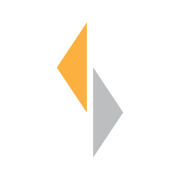
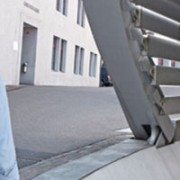

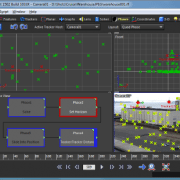
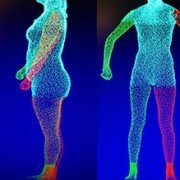
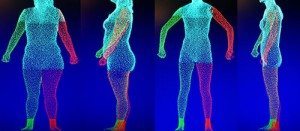
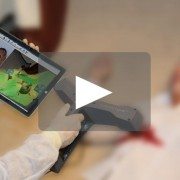
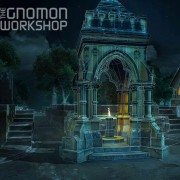




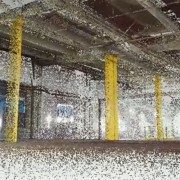





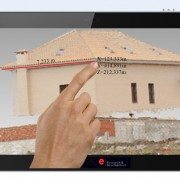
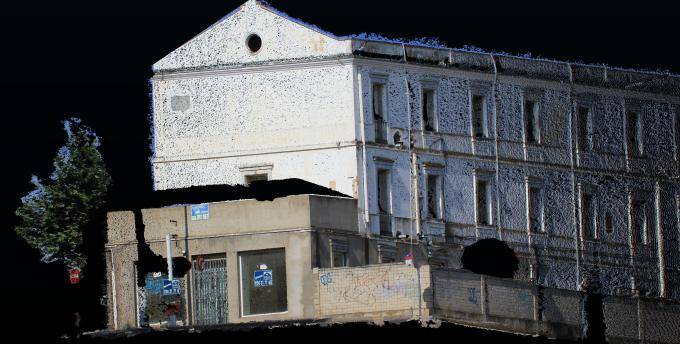
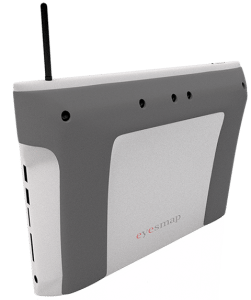 The tablet will apparently be able to scan an “advanced photogrammetric picture” with up to 4 million dots in around 2 minutes. It will also be able to capture 3D objects in motion. It’s using a blend of computer vision techniques, photogrammetry, visual odometer, “precision sensor fine tuning” and other image measuring techniques, say its makers.
The tablet will apparently be able to scan an “advanced photogrammetric picture” with up to 4 million dots in around 2 minutes. It will also be able to capture 3D objects in motion. It’s using a blend of computer vision techniques, photogrammetry, visual odometer, “precision sensor fine tuning” and other image measuring techniques, say its makers.